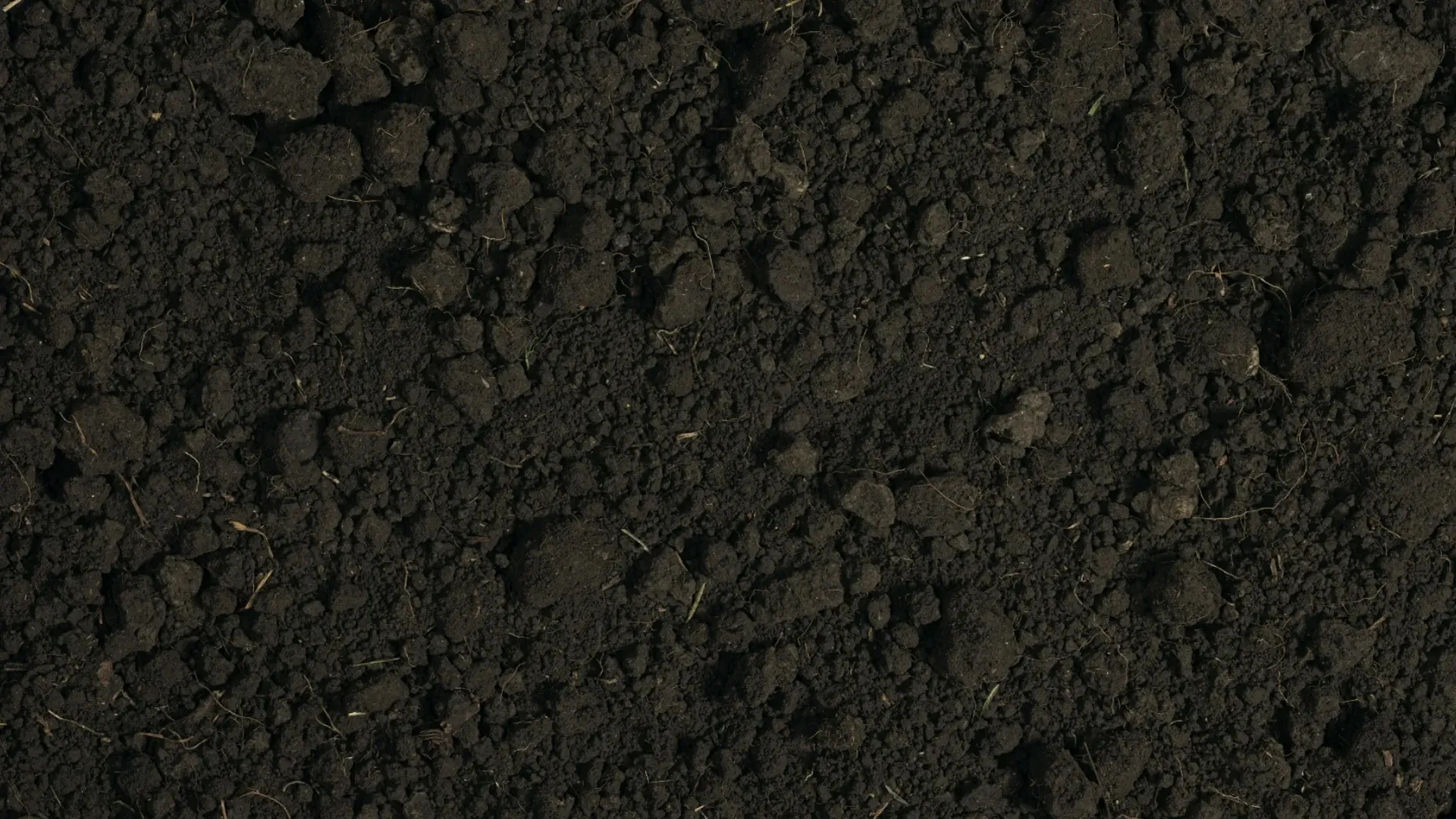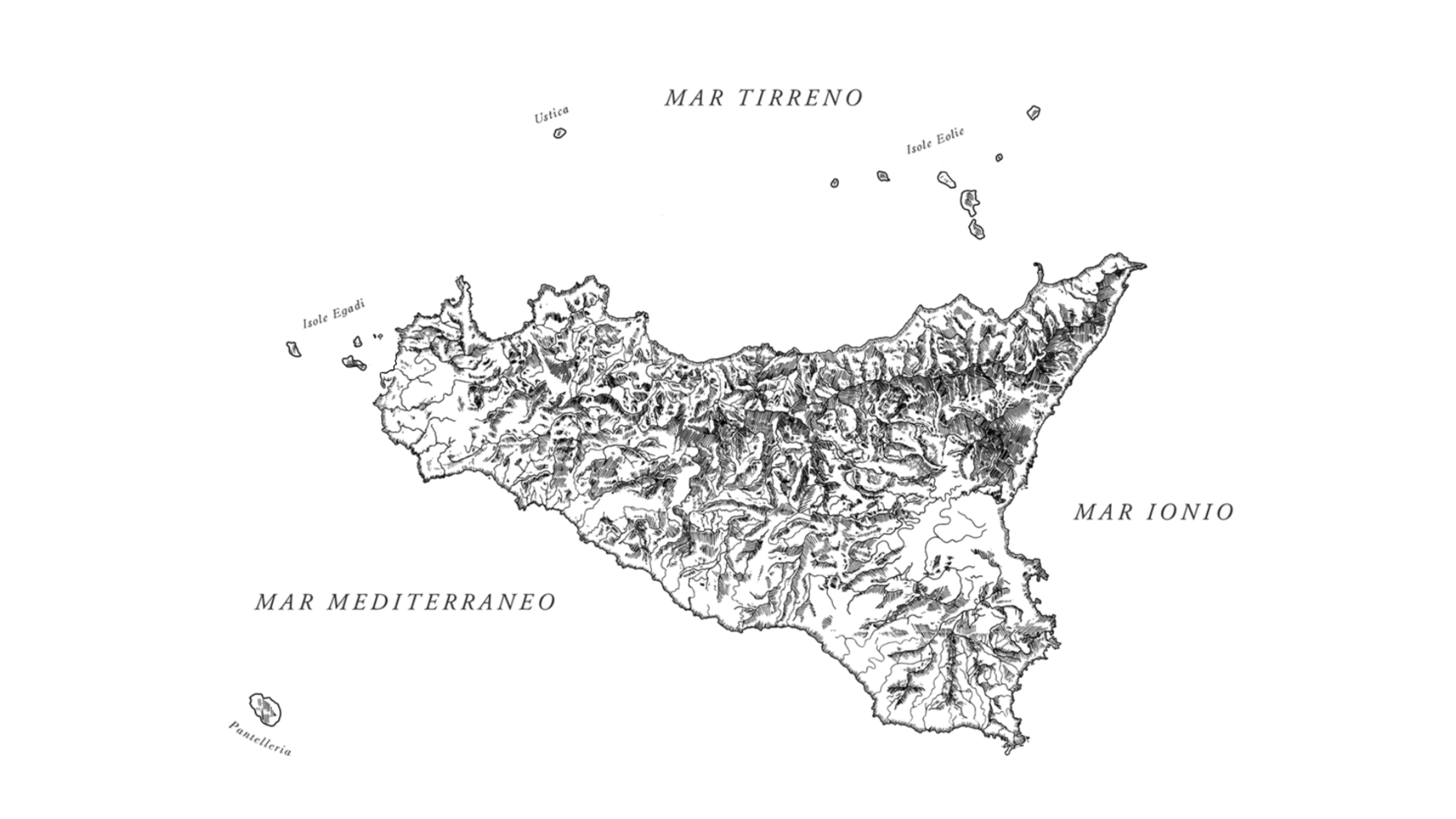






The history of the Tasca d’Almerita family in Sicily is written in the land it has cared for and handed down over eight generations. Always with profound respect thanks to tradition and a gaze toward the future.

200 years of history, all with “slow maturation.”
Tenuta Regaleali, the mother estate comprised of 550 hectares in the heart of Sicily and property of the Tasca d’Almerita family since 1830, started with a precise aim to enhance native grape varieties and territories of the highest potential for wine-growing. Over the years another four estates were added: Capofaro on Salina, Tascante on Etna, the historic Tenuta Whitaker on the ancient island of Mozia, and Sallier de La Tour in Monreale.
Each estate has its own distinct personality and narrates an ever-diverse Sicily. Next to the vineyards grow olive trees, fields of grain, and almond trees. In the gardens, pastures, and orchards, men and women work to help keep pace with the seasons and cultivate the best products: each with their own character, their own personal rhythm. Today the biggest challenge is to preserve these places so they may remain intact for future generations, as evidence of constant attention to the protection of every single ecosystem.
khalepà tà kalà,
so said the Greeks.
Beauty is strenuous. Hard. Steep.
Like the land of Sicily. You must dig, sweat.
Your muscles must burn, Your back ache, your hands fill with calluses.
Only then something begins to grow.
Beauty is severe. Because it feeds on you.
It takes your mornings. Your rest.
Your serenity. Your youth.
It demands of you your entire life. That of your children.
Of your grandchildren and their children. Only then,
Will beauty yield its fruits.
After more than 200 years and many generations,
The Tasca family can finally share:
Five estates where Sicily is reborn
From wine and with wine. In this way, we have understood
What the Greeks meant. But we,
Who are not philosophers, we prefer to say:
Beauty must be cultivated.

Tasca d’Almerita becomes a certified B Corp, committing itself to pursuing purposes of common benefit in addition to profit.
Tasca d’Almerita is among the 24 wineries in the world and three in Italy to receive the “Robert Parker Green Emblem,” for their commitment to sustainability.
Tasca d’Almerita is named “European Winery of the Year” by the prestigious magazine Wine Enthusiast for its commitment to sustainable viticulture.
Tasca d’Almerita is the first winery with VIVA/SOStain sustainability certification.
A slow rest on the lees for 60 months. Contessa Franca, vintage extra brut 2010.
The Tascante project is enriched with another vineyard and its winery, Marchesa.
Forty years after the first vintage, the special edition of the 2010 Riserva del Conte is released.
Tasca d’Almerita is proclaimed “Winery of the Year” by the Gambero Rosso.
Start of the management of the Sallier de La Tour cousins historical estate in the Monreale DOC area.
Tascante produced with Nerello Mascalese makes its debut.
The Whitaker Foundation entrusts the winemaking of the grapes from the Island of Mozia to Tasca d’Almerita.
The Tascante project is formed (Sciaranova contrada and Piano Dario).
The search is on for land suitable for wine production and with a strong personality. Capofaro Malvasia & Resort is created on the island of Salina.
The search is on for land suitable for wine production and with a strong personality. Capofaro Malvasia & Resort is created on the island of Salina.
Almerita Brut Contea di Sclafani is created, 24 months on the lees, classic method using Chardonnay.
Cabernet Sauvignon arrives.
To celebrate the 50th wedding anniversary with his wife Franca, Conte Giuseppe creates Nozze d’Oro, a blend of Inzolia and “Sauvignon Tasca”.
Unbeknownst to his father, Lucio Tasca plants the first international varieties at the estate, 4 rows for each type: Cabernet Sauvignon, Chardonnay, Pinot Noir and Sauvignon Blanc.
The first vintage of Regaleali Riserva del Conte.
Regaleali Bianco makes its debut, a blend of Inzolia, Catarratto and Greganico that will become the company’s feather in their cap.
The first of the current Regaleali vineyards is planted, a plot of land planted with Nero d’Avola grapes using the gobelet training system.
The redistribution of the land during the agricultural reform in Italy brings about the reshaping of the Regaleali estate from its original 1200 hectares to 500 hectares.
With the local Catarratto and Inzolia varieties, with the addition of Sauternes blends, Camastra is created. It wins the Pistone prize, and other awards will follow in Italy and France.
The Tasca family vineyards are decimated by the phylloxera epidemic afflicting grape cultivation throughout Europe: a special nursery is created at Villa Camastra to graft the grapevines onto healthy rootstock coming from America.
Richard Wagner finishes the 3rd Act of Parsifal while a guest at Villa Tasca.
Regaleali is awarded the prize “model farm” in the annals of agriculture. Growing grains and producing fodder are at the time the main activities in the Regaleali area where the vineyards are only a small portion of the worked land.
The dowry of Lucio’s wife, Beatrice Lanza, includes Villa Camastra – today Villa Tasca – the Palermo residence of the Tasca d’Almerita family.
1200 hectares in the Regaleali contrada are purchased by the brothers Lucio and Carmelo Mastrogiovanni Tasca, introducing the most modern agricultural technology available into the Sicilian backcountry.
We work every day to leave future generations a better environment than our own. How is that done? By measuring, evaluating, and trying to predict the influence our actions may have on the planet.





“Why do humans exist in the world? It was this question, which philosopher Hans Jonas posed some time ago, that prompted my reflection. It has been 4.4 billion years since the origin of life and only 200,000 years since the appearance of our species. Despite this, humans have already caused the extinction of living organisms and disrupted important food chains.”
“Why do humans exist in the world? It was this question, which philosopher Hans Jonas posed some time ago, that prompted my reflection. It has been 4.4 billion years since the origin of life and only 200,000 years since the appearance of our species. Despite this, humans have already caused the extinction of living organisms and disrupted important food chains.” Alberto Tasca